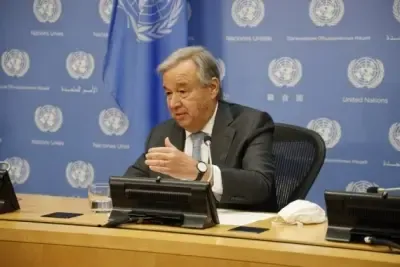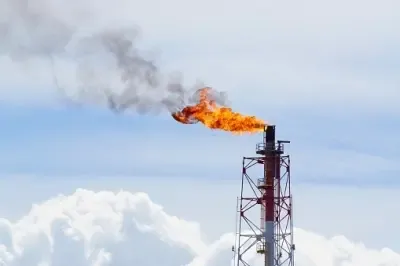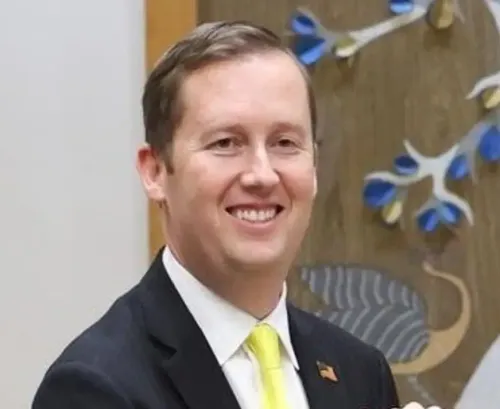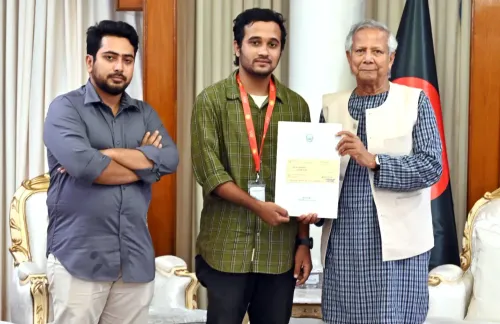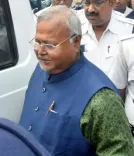Why is Syria Sending a Fourth Aid Convoy to Sweida?
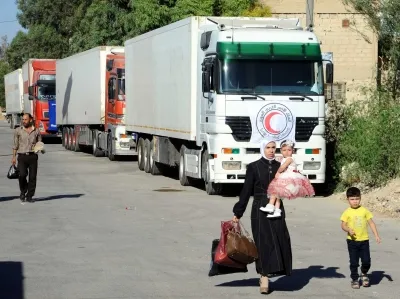
Synopsis
Key Takeaways
- Fourth aid convoy dispatched to Sweida amid protests.
- Convoy includes essential supplies for civilians.
- Protests highlight frustrations over government actions.
- Ceasefire declared after recent violent clashes.
- UN calls for urgent reforms in security and politics.
Damascus, July 29 (NationPress) The Syrian interim authorities, in collaboration with international organizations and local community partners, sent out a fourth humanitarian aid convoy on Tuesday from Damascus to the southern province of Sweida, as reported by state media.
The convoy, which consisted of 22 trucks, delivered 27,000 litres of fuel, 2,000 food baskets, 2,000 hygiene kits, 10,000 bottles of drinking water, 40 tons of flour, and a range of medical supplies, according to the official SANA news agency.
This shipment is part of ongoing initiatives to assist civilian populations in Sweida, a region that has encountered recent turmoil and shortages following clashes and a fragile ceasefire agreement established earlier this month. This represents the fourth convoy to be dispatched to the province since the ceasefire was initiated.
The aid arrives against a backdrop of protests in parts of Sweida, where demonstrators have accused the interim government of imposing a de facto blockade on the area, according to the Syrian Observatory for Human Rights, a monitoring organization based in Britain. The observatory reported that civilians have taken to the streets in certain regions, demanding better access to essential services and humanitarian aid.
Declared on July 19, the ceasefire came after a distressing surge of sectarian clashes, Israeli airstrikes, and severe human rights violations, as per Xinhua news agency.
UN Special Envoy for Syria Geir Pedersen informed ambassadors in the Security Council on Monday that the recent escalation had “shaken” the country's already delicate transition, emphasizing the necessity for “significant course corrections” concerning security and political matters.
“Syrians are reeling after horrific violence in Sweida—violence that should not have occurred and also involved unacceptable foreign interference,” Pedersen stated.
The UN reports that unrest ignited on the evening of July 12, following a series of mutual kidnappings that developed into armed confrontations between Druze factions and Bedouin tribes, ultimately engaging Syrian security forces.
The violence escalated quickly, with reports of extrajudicial killings and looting. Disturbing footage circulated extensively on social media, escalating sectarian tensions and the dissemination of misinformation.
While active combat has largely diminished, Pedersen warned that the situation “remains tense and volatile.” Civilians have suffered the most, with hundreds reportedly killed and widespread allegations of abuses perpetrated by both state and non-state actors.
“I condemn the horrific violations committed against civilians and combatants in Sweida. I also denounce Israel's intervention,” Pedersen remarked, referring to recent Israeli airstrikes near Sweida and Damascus that reportedly resulted in both civilian and military casualties.

